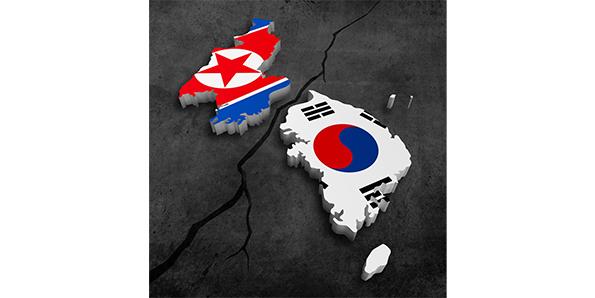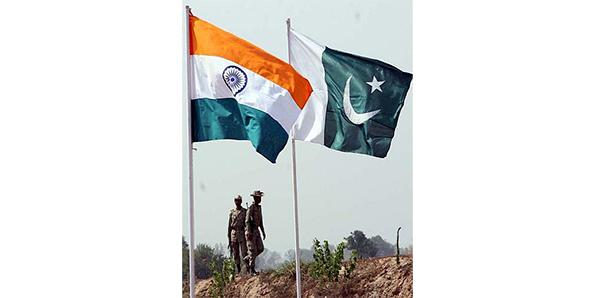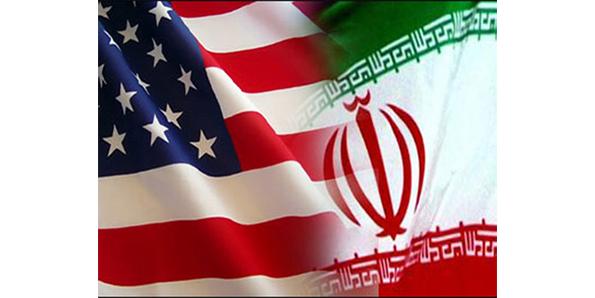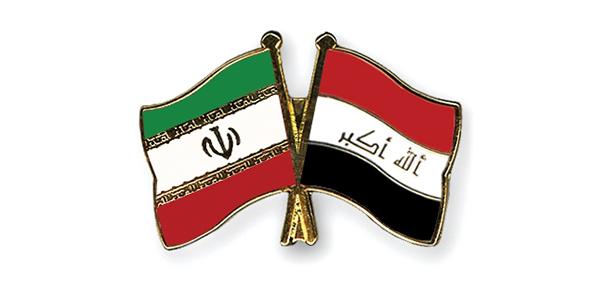The borders define our nations. There are so many countries in world who share their boundaries with other country and in fact sometimes more than one. Co-existence is always the best option but does that mean everyone can co-exist? It is not always necessary that all the countries have healthy relations. What could be the reason for this? The Sibling nations and their different ideologies, possession of lands, unethical behaviour have been touted as some of the most justified reasons to declare the war. Annals of history show that the bloodied battles and also the two great wars were rooted in some rivalry between nations. Here we will leaf through the reason and justification of the rivalries. Let’s begin the list of most popular and bitter rivals on this globe.
1. North Korea and South Korea
The Korean Peninsula located in Eastern Asia extending south from the Asian continent for about 683 miles is politically divided into North Korea and South Korea. Extending from China south to the 38th parallel of latitude North Korea is located on the northern part of the peninsula, whereas South Korea extends from that area and encompasses the rest of the Korean Peninsula. The wartime co-operation between the Soviet Union and the US deteriorated led to the emergence of two very different states- the US-backed Republic of Korea in the south and the Communist Democratic People’s Republic of Korea in the north, Kim Il-Sung who had been trained by the Red Army North Korea is a dictator led Communist State. South Korea is Republic with a vibrant economy and a strong Capitalistic structure. The two concepts are incompatible. This has been a reason for the ever increasing animosity between the sibling nations.
2. India and Pakistan
India and Pakistan have a long and complicated history with each other. These two countries became independent from Britain and when British India became independent it was supposed to be divided into two parts. Areas where 75% or more Muslim resided were supposed to become Pakistan and the rest India. This did not include the Princely State, which is Kashmir. The Princely had right to decide whether they want to join India or Pakistan. The Maharaja of Kashmir, Hari Singh Dogra decided to keep its status and became an independent state. However, Pakistan sent tribal lashkars to talk to Kashmir about their decision and then Indian government sent their troops to help defend the state of Kashmir as they saw Pakistan’s action as a sign of invasion. As a result the first war broke out between India and Pakistan involving Kashmir. The region has seen violence since its inclusion in India with incidents happening on the border every few months. The people have suffered long since partition and continue to do so.
3. America and Iran.
The 3rd spot is for the infamous USA-Iran rivalry. The US and Iran conflict has been a major issue. It has been two decades and the likelihood of military conflict between the United States and Iran is higher now than at any time, as tensions continue to escalate over Iran’s nuclear ambitions. The conditions for military skirmishes are as ripe as they have been since the inception, when Iran triggered the war with laid mines against U.S. ships in the Persian Gulf. The United States destroyed Iranian oil platforms in response. There are a variety of issues including Iran’s backing of terrorist groups, the activities of the Islamic Revolutionary Guard Corps and its nuclear activities. This has led to a far reaching tension between the two nations. World watches with bated breath, waiting for the looming war.
4. China and Tibet.
Since 1951 China and Chinese People’s Liberation Army(PLA) has ruled Tibet in a calculated and systematic strategy aimed at the destruction of their national and cultural identities. Eight long years of repression led to the Tibetan Uprising of 1959, in which Tibetans rebelled in an attempt to overthrow the Chinese government, instead, the uprising led to fleeing of 14th Dalia Lama in India and he has been staying in India since. A few hundred Tibetans initially followed the 14th Dalai Lama into exile, and since then hundreds of thousands have followed. If it wasn’t for Dalai Lama, China would have wiped the whole of Tibet by now.
5. Iran and Iraq.
The Iran-Iraq War was inordinately protracted, it lasted more than the world war because Iraq dint want it to and Iran could not. Though both sides exported oil and purchased military imports, Iraq was further subsidized and supported by Kuwait and Saudi Arabia, allowed it to acquire advanced weapons and expertise on a much larger scale than Iran. The reasons that led to war were indiscriminate ballistic-missile attacks on cities by both sides. the extensive use of chemical weapons and some 520 attacks on third-country oil tankers in the Persian Gulf. The tension between the oil giants of the world disrupts the whole economy of the globe and the war has far reaching effects on many nations.













0 comments:
Post a Comment